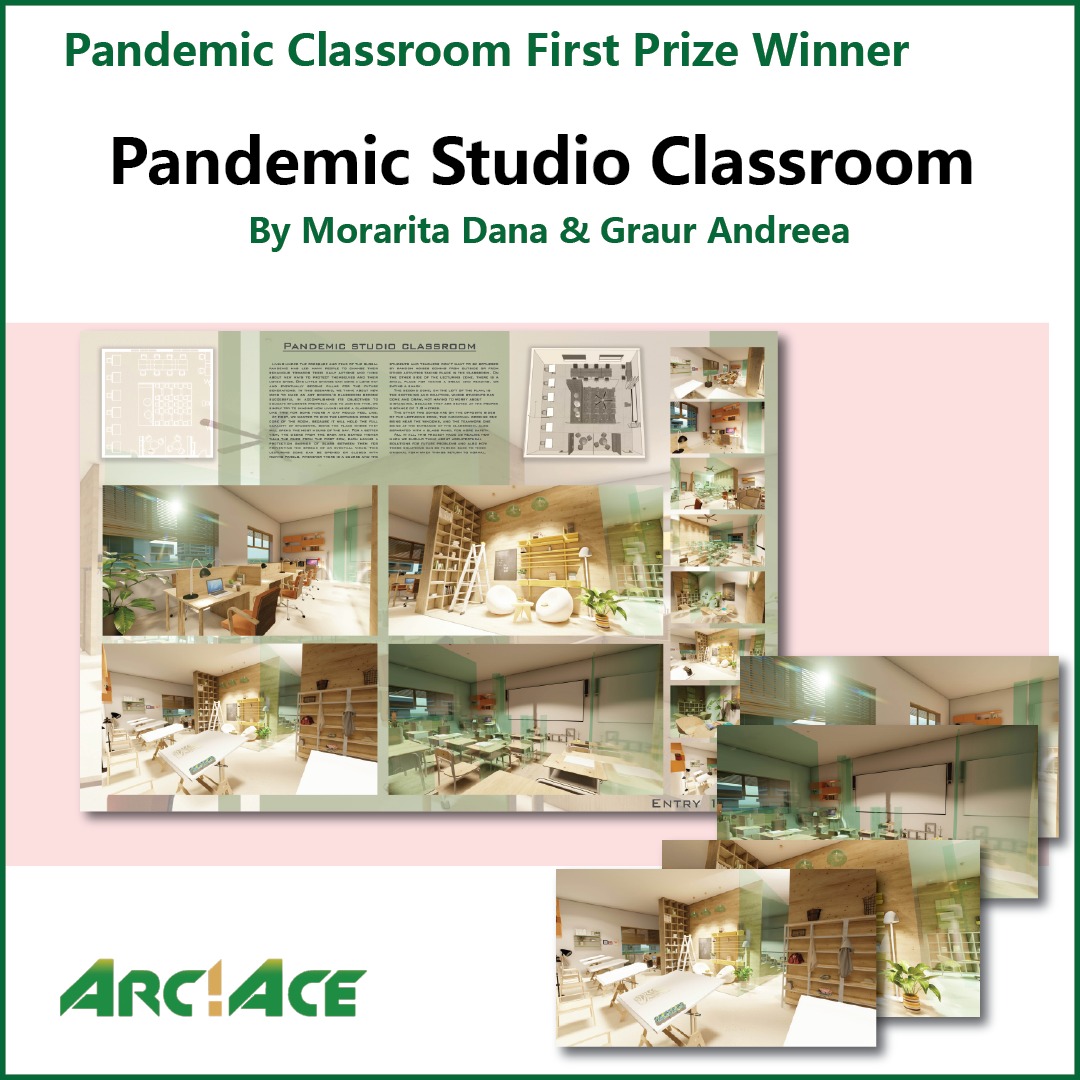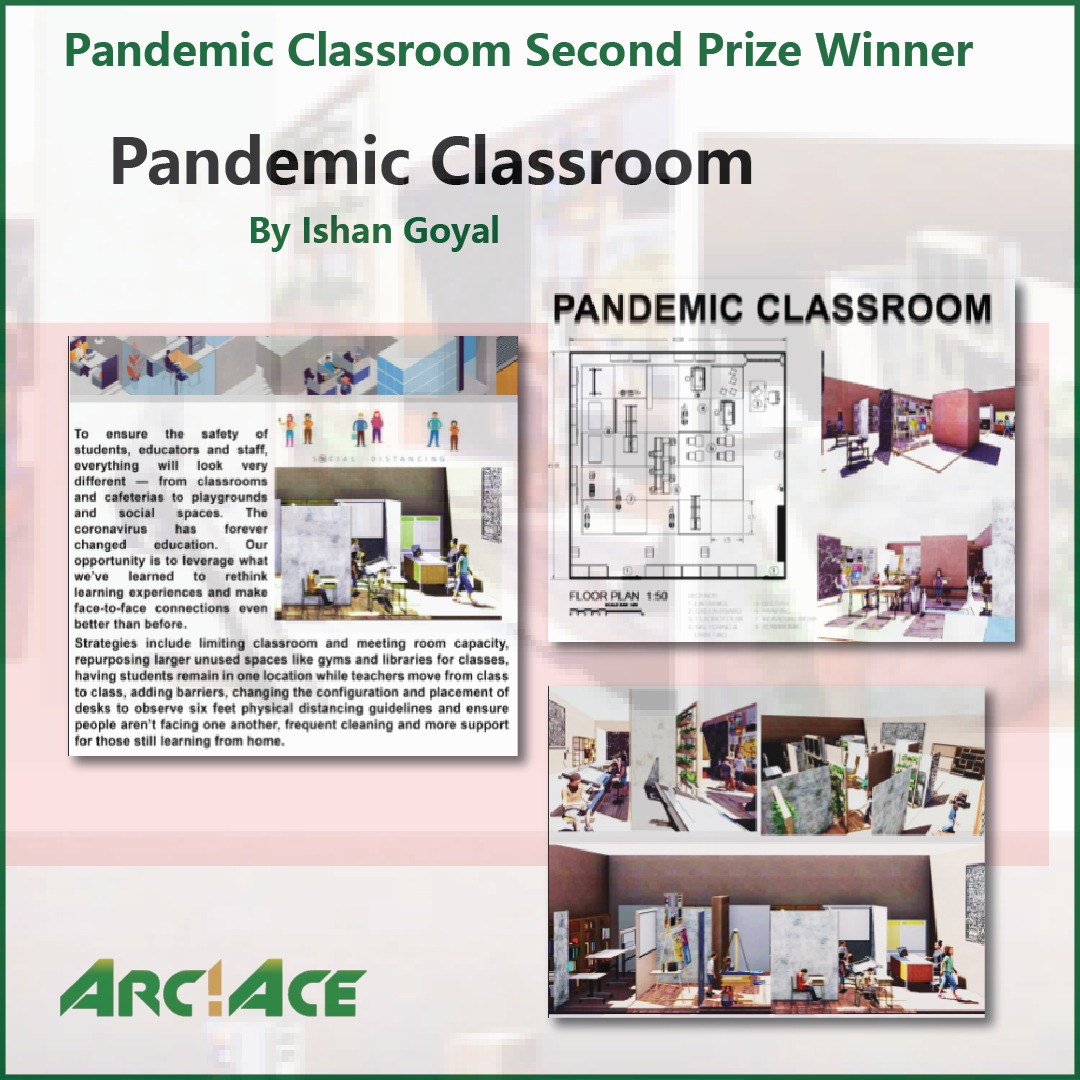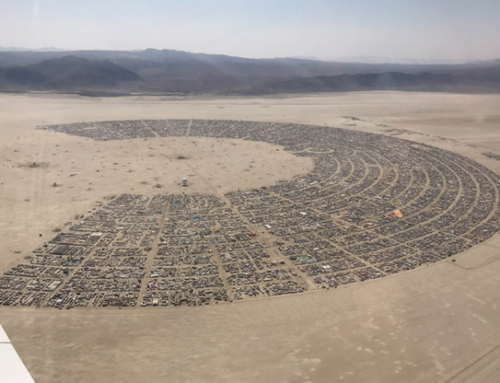1- Winner of the first place prize: Morarita Dana & Graur Andreea. Architectural students from the University of Architecture and Urbanism “Ion Mincu”, Bucharest, Romania.
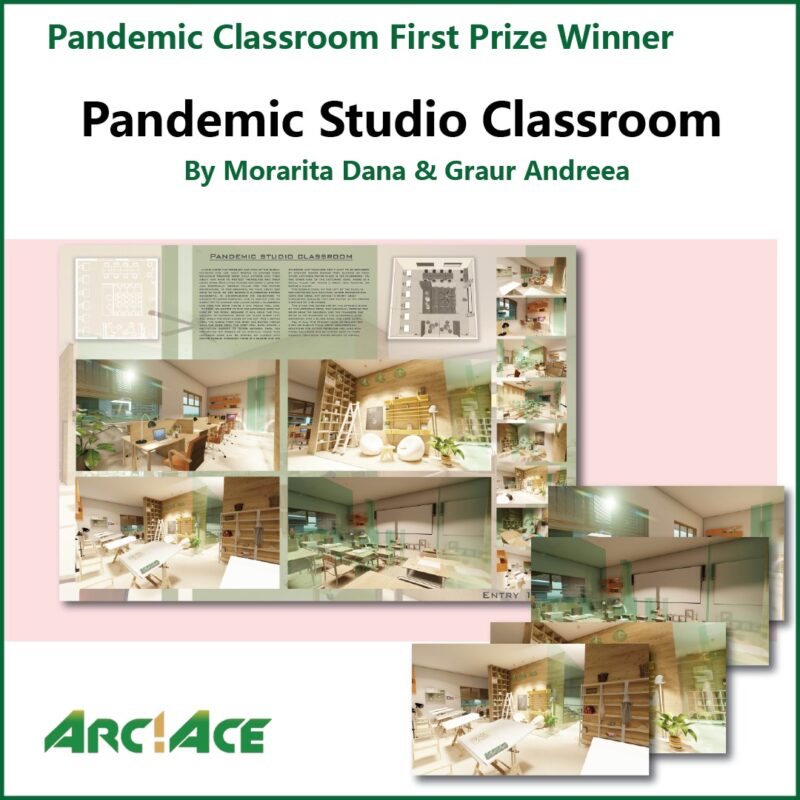
The designers made the classroom appealing, safe, and flexible to adapt to different settings. According to the designers “Living under the pressure and fear of the global pandemic has led many people to change their behavior towards their daily actions and start inventing new ways to protect themselves and their loved ones. One little change can come a long way and eventually can become a pillar for future generations.” In this scenario, the designers thought about new ways to make an art school classroom safe, after the pandemic, and successful in accomplishing its teaching objectives. To do so the designers thought of the different activities that need to be done during the day and made the design flexible enough to accommodate these scenarios.

They wanted to give the lecturing zone the capacity to accommodate all the students being the place where they will spend the most hours of the day. For a better view, the desks in the back are seated higher than the ones from the first row. Each having a protection barrier of glass between them for preventing the spread of an eventual virus. This lecturing zone can be opened or closed with moving panels. Whenever there is a course, the students and teachers don’t want to be bothered by random noises coming from outside or from other activities taking place in the classroom. On the other side of the lecturing zone, there is a small place for taking a break to read or eat a snack.

“This project made us realize how much we need to think to bring architectural solutions for future problems” – Morarita & Graur

2- Winner of second place prize: Ishan Goyal. Architectural Student at CCA CHANDIGARH, India
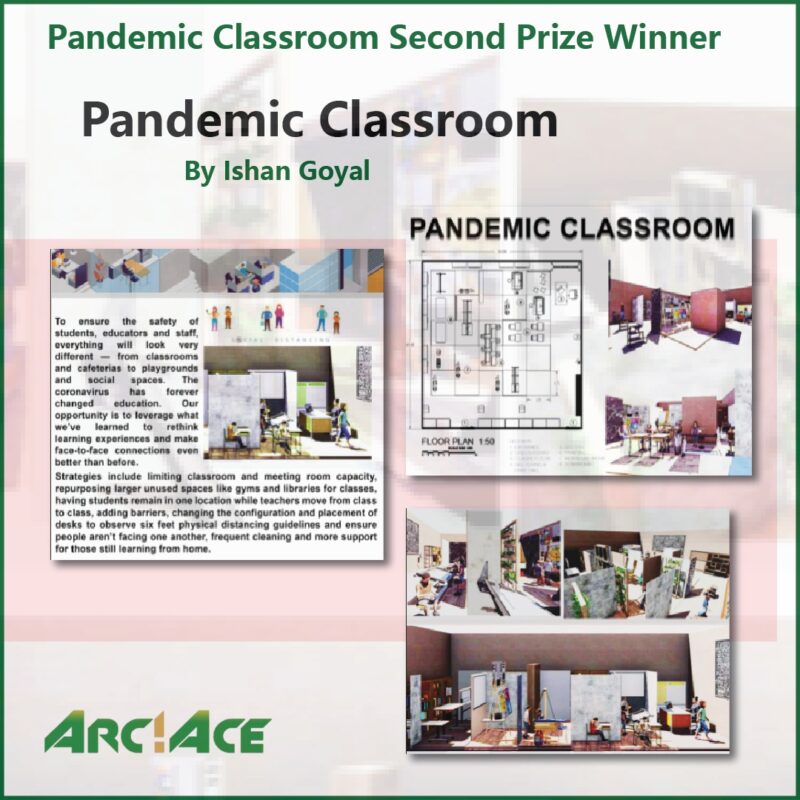
“To ensure the safety of students, educators, and staff everything will look very different, from classrooms and cafeterias to playgrounds and social spaces. The coronavirus has forever changed education. Our opportunity is to leverage what we’ve learned to rethink learning experiences and make face-to-face connections even better than before.

Strategies include limiting classroom and meeting room capacity, repurposing larger unused spaces like gyms and libraries for classes, having students remain in one location while teachers move from class to class, adding barriers changing the configuration and placement of desks to observe six feet physical distancing guidelines and ensure people aren’t facing one another, frequent cleaning and more support for those still learning from home.” – Ishan

